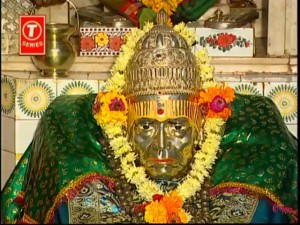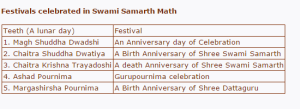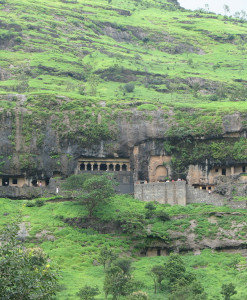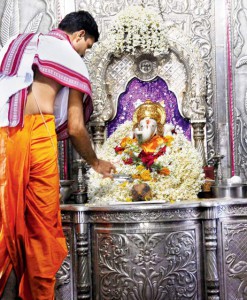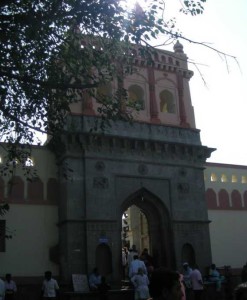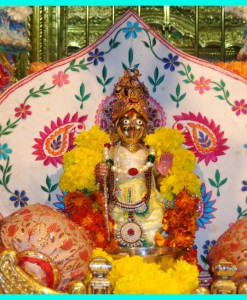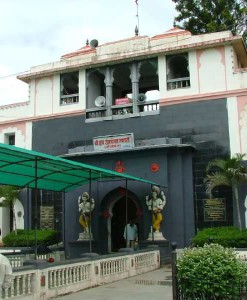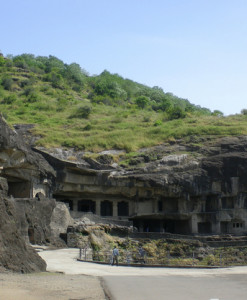No products in the cart.
Shri Swami Samarth (also called Sri Akkalkot Swami Samarth) is considered as extension of the fifteenth century incarnation of Lord Dattatreya, namely Shrimad Narasimha Saraswati.
It is mentioned in the holy book of Shri Gurucharitra that Shrimad Narasimha Saraswati entered into mahasamadhi in Kardalivana in 1458. He stayed in Samadhi for over 300 years and emerged from samadhi because a woodcutter accidentally cut through a tree and hit Shrimad Narasimha Saraswati (or Sri Swami Samarth). This awakened Shrimad Narasimha Saraswati from the prolonged samadhi. That divine personality is now known as Shri Swami Samarth. After emerging from samadhi Shrimad Narasimha Saraswati (Shri Swami Samarth) traveled all over the country.
AKKALKOT SWAMI SAMARTH, MAHARASHTRA
- Temple History
- Appearance
- Architecture
- How To Reach The Temple
- Daily Poojas And Festivals
- Videos
- Additional Information
Swami himself said that He came from the Kardali forest. He repeatedly visited places like Puri, Banaras (Kashi), Haridwar, Girnar, Kathiawad and Rameswaram as well as China, Tibet and Nepal, and stayed at Mangalvedha, a town near Pandharpur in Solapurdistrict, before settling down in Akkalkot. He came to Akkalkot in 1856 at the invitation of Chintopant Tol and stayed there on the outskirts of the town for 22 years. He stayed at Ganagapura, Karnataka for a long time where He delivered the Nirguna Padukas to His disciples and devotees before leaving for the Kardali forest.
It is popularly believed by all devotees of Lord Dattatreya and his incarnations that his predecessor Shri Narasimha Swami went to Kardali and entered samadhi. He remained entranced for three hundred years: an anthill grew over him. One day accidentally a woodcutter cleared the anthill and found the yogi in meditation who resumed his teaching as Swami Samarth.
The description of Shri Swami Samarth’s appearance has been based on the vivid descriptions given by close devotees. Though he was seen at an advanced age, his skin was not wrinkled. He was very tall and his hands were long, extending up to his knees. His belly was protruding and he had broad shoulders. His complexion was fair and pinkish. He had big ears with thin and long ear-lobes which shook with the slightest movement of his body. He had long feet. He adorned a sacred mark (thilakam) on his forehead. He always wore a codpiece (kaupina). He had a fine set of teeth and a big and deep navel. He always wore a tulasi-rosary (which is very different from rudraksha) and a crystal (sphatika). He had ear-rings inset with gems.
Shri Swami Samarth lived for over two decades (22 years) at Akkalkot, mainly at the residence of his disciple Cholappa, where his Samadhi and shrine are now located. The shrine complex, the Vatavruksha Mandir, which also encloses the banyan tree beneath which the Swami would preach his message, is the hub of devotions for his followers; free accommodation and meals are provided to pilgrims by Shri Swami Samarth Annachhatra Mandal also. The other shrine is of Samadhi of Swami located at some distance from the main shrine.

By Road: The temple present in Akkalkot. We can reach the Temple easily by hiring auto, bus or taxi from anywhere in the Maharashtra or from neighboring state. Maharashtra is connected with most of the Indian cities by road. The Maharashtra State Transport Corporation (MSTC) runs regulars bus service in the city.
By Rail: The nearest Railway Station to the temple is Akkalkot which is 7 km from the temple
By Air: The Temple can be reached through nearest Solapur Airport which is well connected with regular domestic flights to Delhi, Mumbai.
In the month of Chaitra (April–May) in 1878, the thirteenth day of the dark-half of the lunar month, Shri Swami died. His body was taken on a procession all around Akkalkot. The Swami Maharaj lived mainly at the residence of his disciple Cholappa, where his samadhi and shrine are now located.


